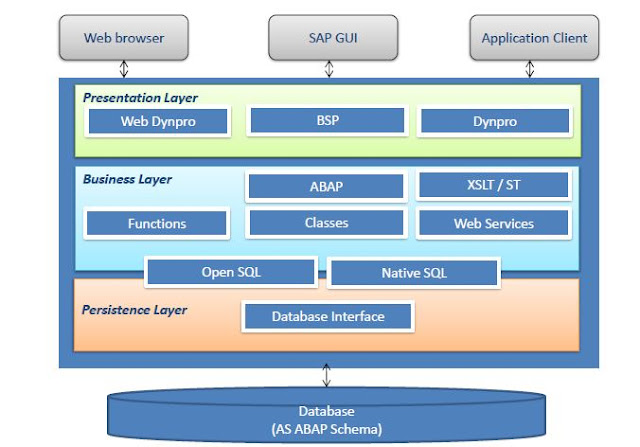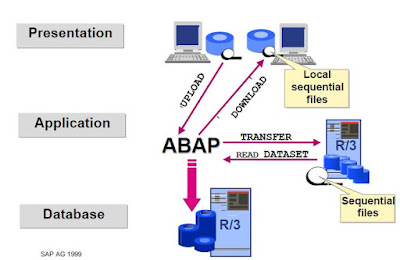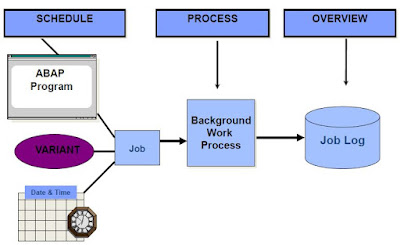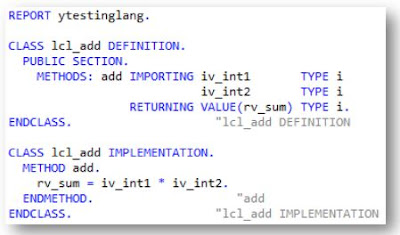SAP ADOBE FORMS
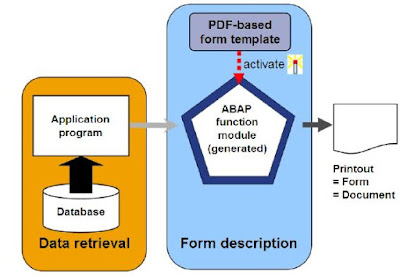
PDF-based print forms are a part of the Interactive Forms based on Adobe software package solution and are used for mass printing in SAP systems. as well as normal output on printers, and also the choice of archiving documents, you'll be able to additionally use your application to send a PDF to the Business Communication Services (BCS). Here, you've got the choice of faxing or e-mailing your documents. The following provides you a summary of how a PDF-based print kind is structured and additionally tells you the way to create a PDF-based print from within the development setting of the ABAP work bench. The integrated Adobe LiveCycle Designer software system supports you after you do that. This software system should be put in on your forepart before you'll be able to produce a layout. to visualize a print preview of your kind, you initially got to install Adobe Reader or an entire version of Adobe athlete. This documentation doesn't discuss however documents are wri...
